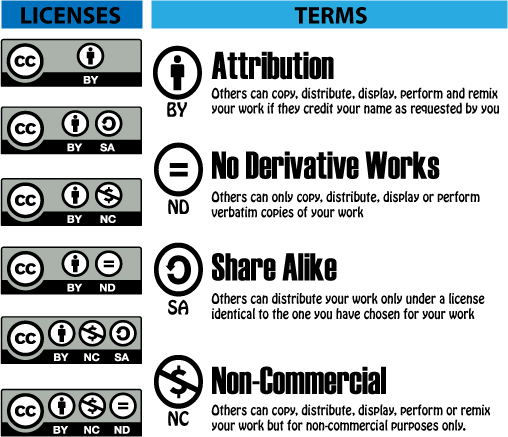READ THIS WHOLE POST BEFORE YOU BEGIN!
Step 1: COLLECTING and GATHERING for your identity assignment.
The theme of the next assignment is IDENTITY.
I want you to think of things that represent YOUR identity. For example: Are you a basketball player, a church-goer, an art lover?
IDENTITY IMAGES: Take at least 10 photographs of things that represent your identity. Also, search http://www.sxc.hu/ and/or www.pixabay.com for images that relate to your identity and save them. You need to find at least 10 images. I would suggest that images relate. For example, if you are a swimmer, you will probably want to find images that ALL relate to swimming. When you stick to one theme, your work generally appears more unified and cohesive. (YOU SHOULD HAVE A TOTAL OF 20 IMAGES TO CHOOSE FROM AFTER YOUR COLLECTING/GATHERING)
SELF-PORTRAIT: Take at least 20 self-portraits. You can do mirror pics or hold the camera yourself. However, I recommend that you use the timer function on your camera. Remember to think about lighting (just like in your paper sculpture pics) You might want to set up a light and aim it at one side of your face. However, avoid extreme contrast in light and dark as it leads to an overexposed white. BE CREATIVE. YOU MAY NOT USE OLD PORTRAITS OF YOURSELF. You must take the self-portraits your SELF. (*duh, it's a SELF portrait*)
Step 2: Putting together the Identity Assignment.
Your identity assignment will...
- Use at least 3 layers.
- Use a self-portrait
- Use as many "identity" images as you feel necessary but don't overdo it!
- Use emphasis (a.k.a. You must have a FOCAL POINT)
- Use a SIMPLE color scheme. (monochromatic, analogous, cool or warm)
- Tell the viewer something about yourself.
Think about the Principles of Art: EMPHASIS and REPETITION
EMPHASIS: What do you want to be the focal point? (Probably YOU!) How will you accomplish this? Click this link to view 6 ways to achieve emphasis.
REPETITION: Look at the example images below. Notice the REPETITION of the same guitar.. Repeating objects, shapes, etc. helps to UNIFY and BALANCE the image
Also, think about the COLOR SCHEME. Notice the colors in the examples below, the colors schemes are simple. One is WARM with orange, reds and yellows (and black, gray and white) The other is COOL with blues and purples. Keep your color scheme SIMPLE! Click this link to learn a bit about Color Schemes.
Also, think about the COLOR SCHEME. Notice the colors in the examples below, the colors schemes are simple. One is WARM with orange, reds and yellows (and black, gray and white) The other is COOL with blues and purples. Keep your color scheme SIMPLE! Click this link to learn a bit about Color Schemes.
Be sure to try out different Blending modes for your layers.
Click the links below and learn about Paint.NET blending modes before you begin







